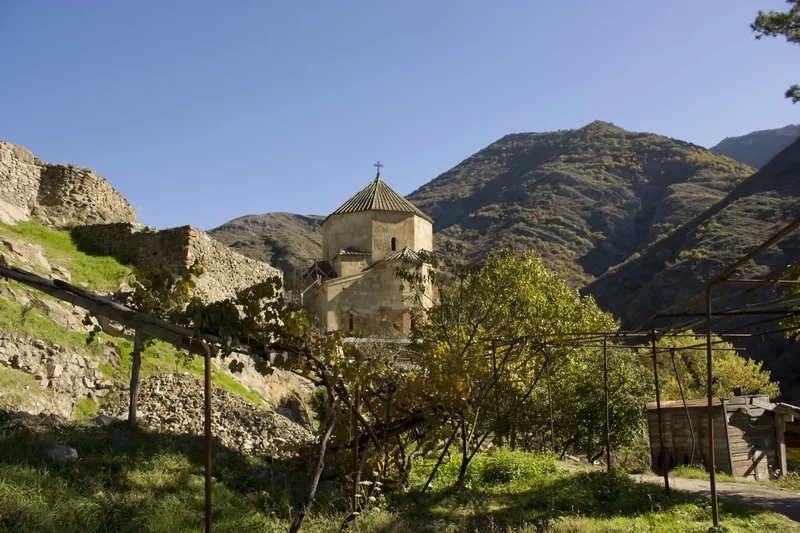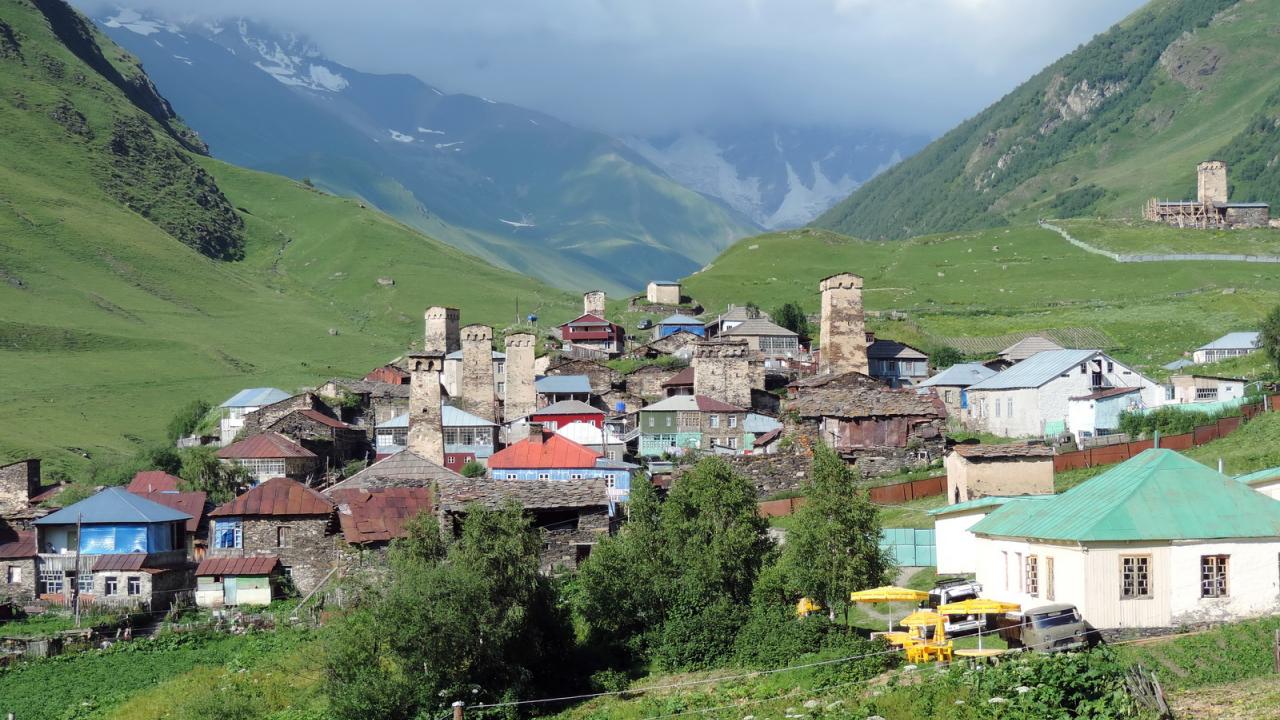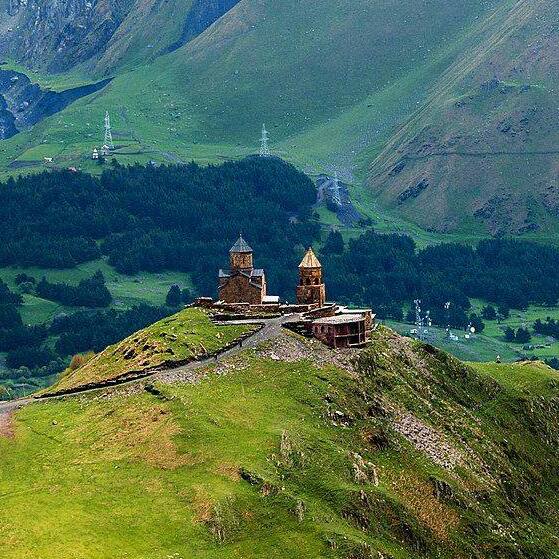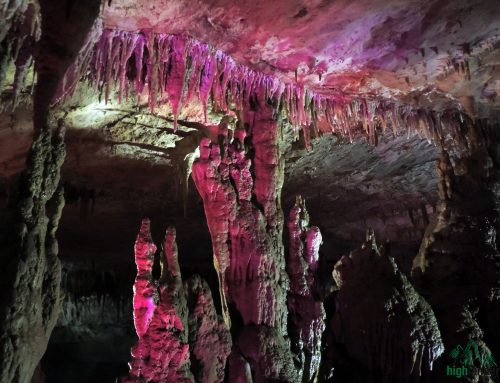Ateni Sioni church

Ateni Sioni church is located some 12 km from the town of Gori and stands on the outskirts of Ateni village, on the left bank of river Tana, upon the rock deliberately reinforced by special underground structures. This church of the first half of VII century replicates Mtskheta Holly Cross monastery architecture, hence, its layout is tetra conch with the internal space enlarged by means of lateral niches and corner rooms, where the strict equilibrium of design and symmetrical configuration of the building are mitigated to some extent by a slight extension of longitudinal axes. The dome vault adorned with rising cross rests on the apse corbels and is connected with the central square through the system of trumpet arches. The facades of the church, faced with neatly hewn sandstone slabs are adorned with rising images of the saints, church building donors, and animals. It seems that an architect of the church was very much influenced by the fame of Mtskheta Holly Cross Monastery. Following the sample, Ateni western facade has not been split-up as well. This is absolutely logical in case of Mtskheta, where a steep rock adjoins to it from that side. Neither a door has been cut thorough western wall, although the access road in case of Sioni is perfect from this side. However the artist tried to alter some other proportions that, as an outcome of the experiments have led to the less differentiated integrity of the building. But its doubtless that Ateni Sioni church still has got artistically completed features, basically determined by natural harmony and flexibility of that type of construction. The church bears footprints of several reconstructions and refurbishments, the most fundamental of which was conducted in the second half of X c, when the activities were headed by Armenian craftsman, somebody Todosak. Majority of the church risings were made at those times except one image of the herd of thirsty dears drinking from the spring of life, arranged above the northern entrance. This particular decoration is much earlier then others.Interior of Ateni Sioni is the most impressive because of the perfect frescoes performed in XI c. They are one of the best samples of Georgian medieval monumental paintings. Although the structure of wall painting follows traditional path of Georgian iconography, in this particular case it has been guided and at least to some extent determined by the dedication of this church to one of the greatest orthodox holidays – Dormition of the Virgin St. Marry is the central figure here and the great number of frescos narrate the history of her early life. In conclusion, numerous inscriptions – both stone curved epigraphs and performed in paint should be mentioned. They contain many interesting historical notes and messages. Being closed for the prayers and believers for many years Ateni Sioni is now active again.














